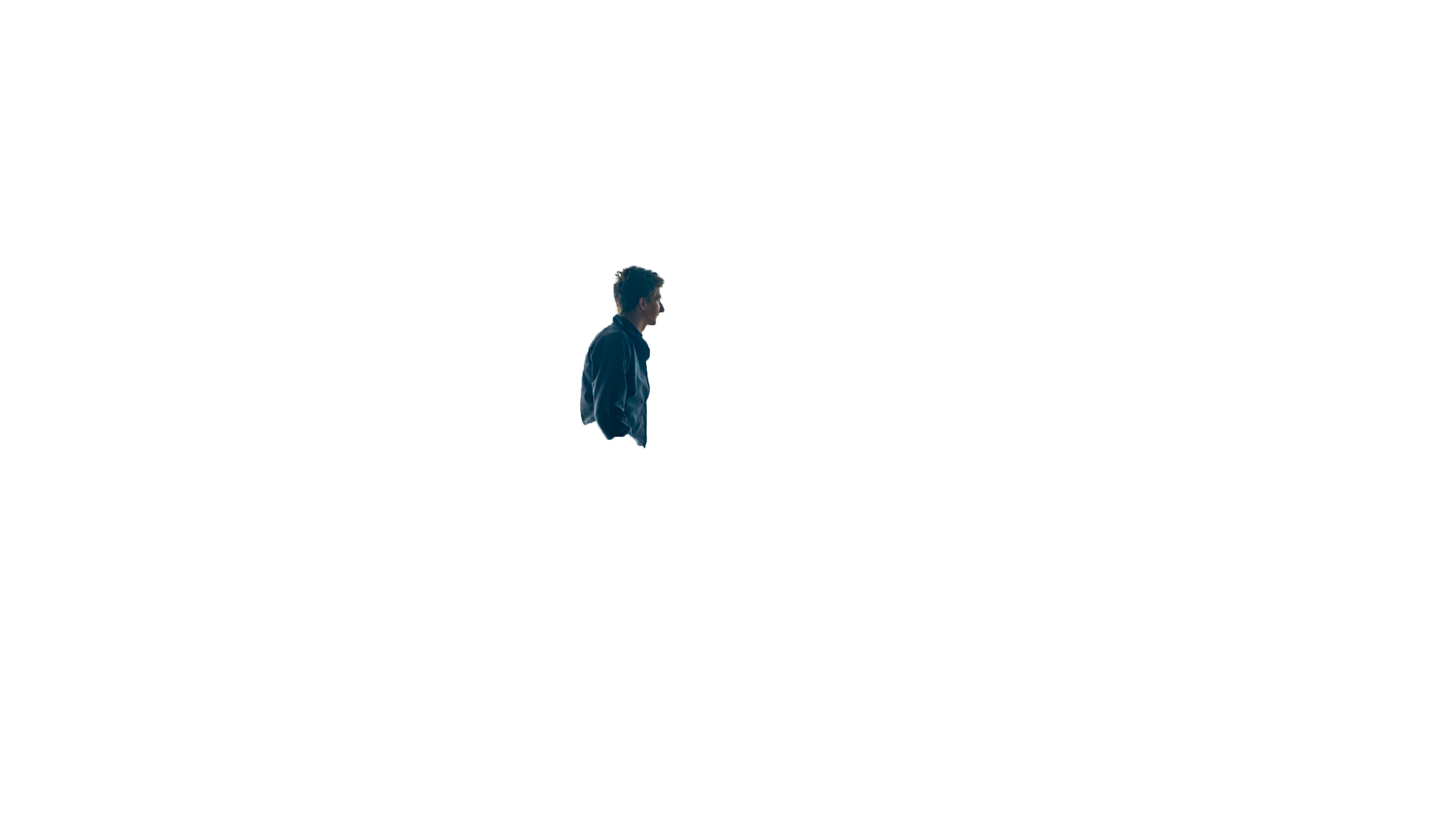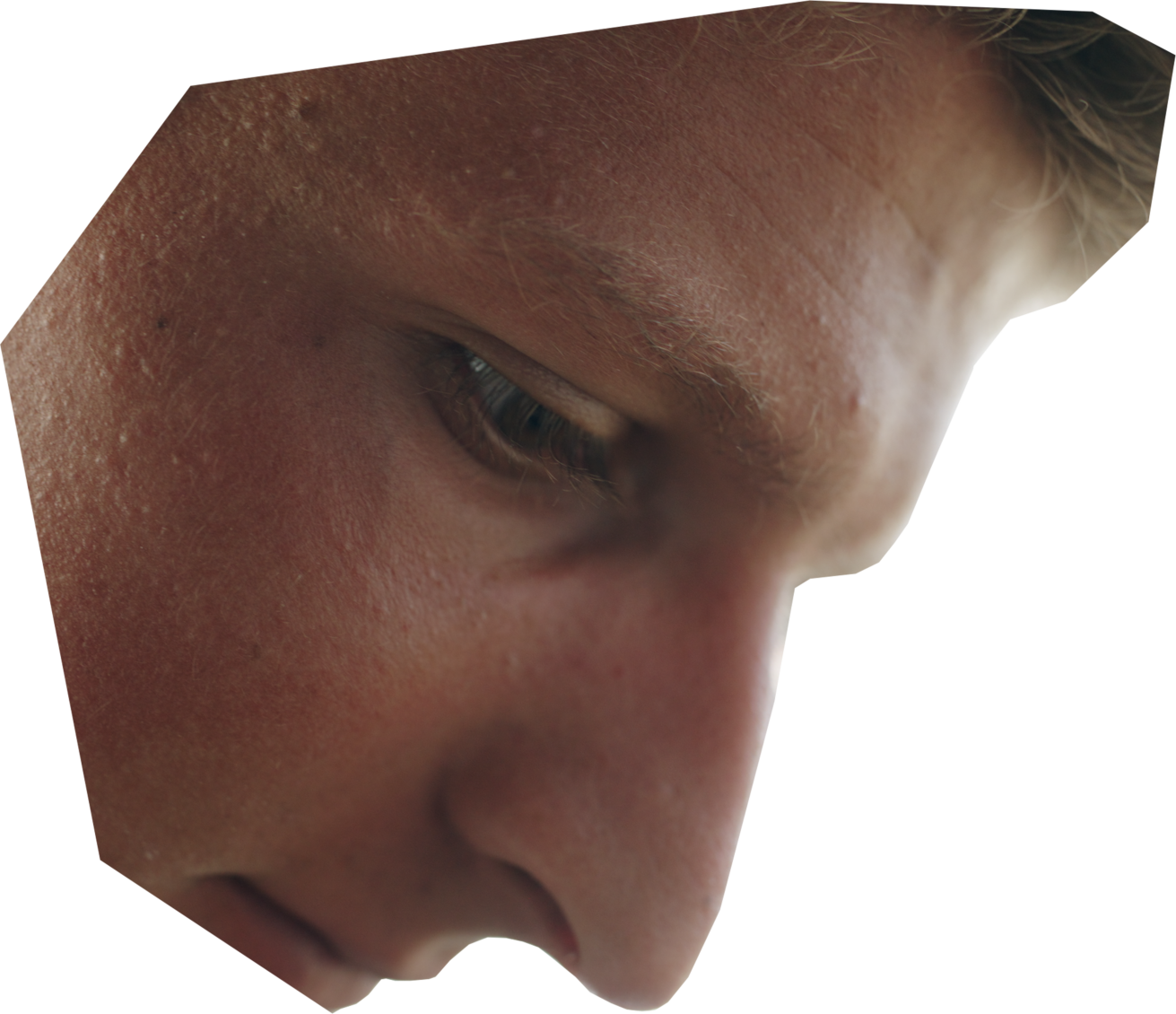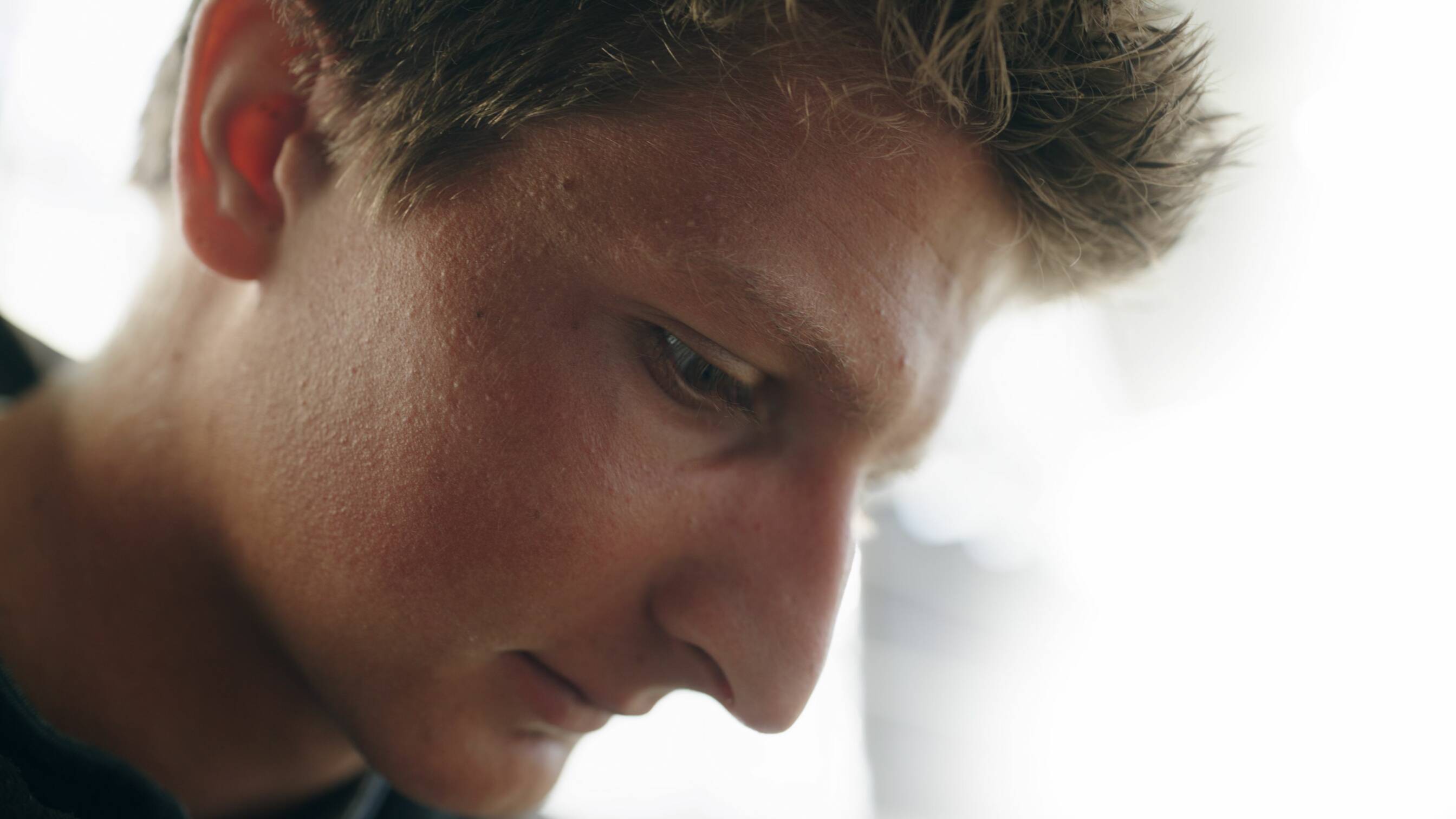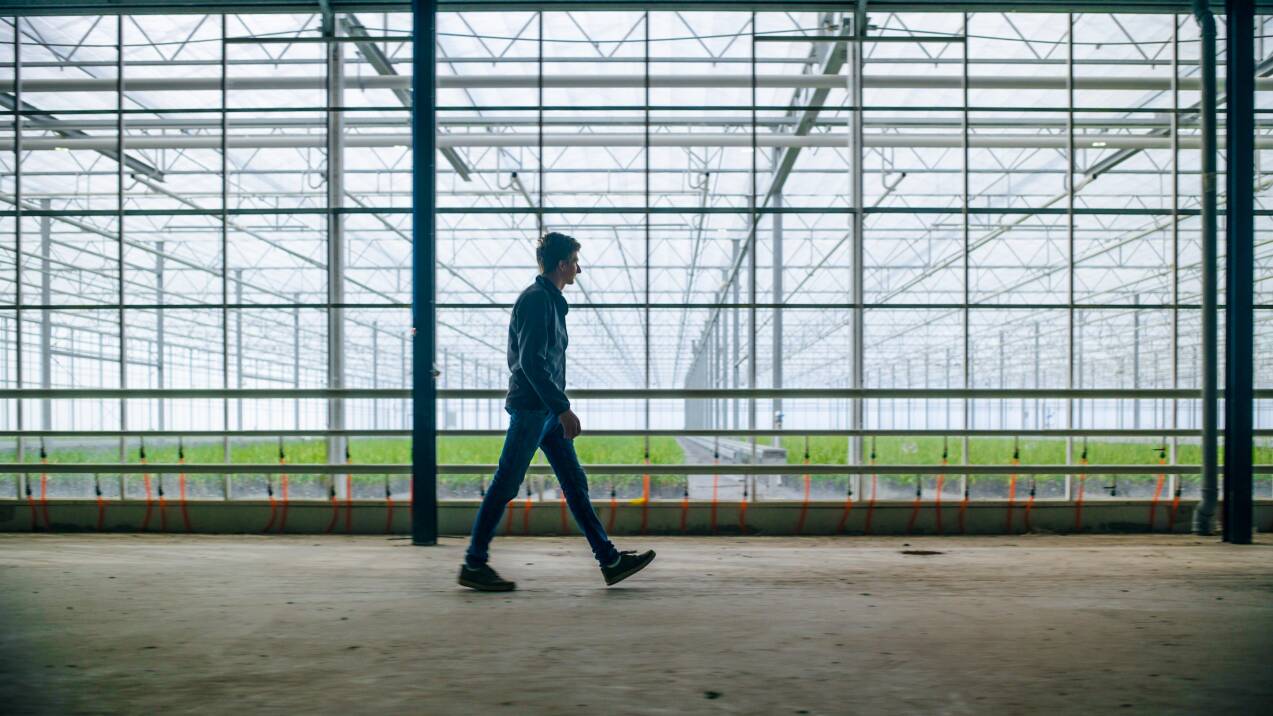
SCROLL DOWN
Many aspects can influence the growing of a plant: dry or wet cultivation, type of growing medium, pot size, type of fertilizers, plant protection products, etc. There are a lot of choices to make when producing a plant. At Hoogeveen Plants, Cultivation Manager Eduard Pos is one of the people making these choices. In this article, we asked him about his work and biggest cultivation challenges.
Eduard Pos is Cultivation Manager at Hoogeveen Plants, a large grower with several nursery sites, each producing different plants. One focuses on climbing plants while several other nurseries grow hellebores, including one site that only grows one specific pot size. At another location, they concentrate on grasses, bamboo, and ferns, and they also have a fruit orchard. “We deliver to customers across Europe, from retail outlets to small garden center owners. We supply high-quality plants. For instance, a standard clematis only flowers once a year; our clematises stay in flower during the entire summer. We carefully select breeders from all over the world with whom we enjoy long-term collaborations.”
Each location has its own expert team led by a cultivation manager who is responsible for the cultivation at that specific site. Together with the cultivation manager of each site, Eduard discusses what is needed in terms of growing medium, fertilizers, and plant protection products. Eduard says, “We implement different cultivation strategies at each of the sites and learn from them. Our aim is to continuously set the bar higher. Additionally, I also have appointments with different types of suppliers so we can find ways to improve and innovate. Our focus at the moment is on sustainability.” We are in contact with ICL to see how we can use fertilizers in a more sustainable way. There are lots of interesting developments in this area.”

Current Challenges for
a Cultivation Manager
The market changes swiftly and more frequently and this is certainly the case for the ornamental horticulture industry. Eduard: “My biggest challenge at the moment is how to cultivate as sustainable as possible using fewer plant protection products. It’s a complex topic, and our focus lies predominantly on plant resilience because obviously a more resilient plant is less susceptible for diseases.”
The current discussions concerning growing media are also creating new challenges for Eduard, as Hoogeveen Plants is going to implement new types of growing media. “This year, 50% of our growing medium will be peat-free. This subsequently has an influence on the fertilizers we use.”
The nursery uses the controlled-release fertilizers (CRF) of Osmocote that guarantee the consistent quality of their plants. “For outdoor cultivation, you only need a CRF to be able to guarantee the quality of your plants. A reliable fertilizer is vital, especially outside, where you have no control over the weather conditions.”
GROWER
Searching for the Perfect Plant

“We need a controlled-release fertilizer to maintain the quality of our plants. Especially outside, where you can't control the weather conditions, a reliable fertilizer is essential.”
Our Motivation
Plant shelf life is of the utmost importance to Eduard, as it's the foundation of customer loyalty. “If the cultivation process is smoothless, we produce the best possible plant resulting in longer shelf life. Consumers want strong, healthy plants, and it determines whether the customer buys from us again.”
Cultivating strong, resilient plants increase the survival chances of the plants once they've been purchased by the end user. Osmocote’s controlled release of nutrients over a longer period of time is a big advantage, as the plant continues to get all the essential nutrients it needs also at the consumer's home. “The plant needs to keep growing and flowering, and Osmocote takes care of that. It’s a reliable controlled release fertilizer with low sodium content.”




Plant shelf life is of the utmost importance to Eduard, as it's the foundation of customer loyalty. “If the cultivation process is smoothless, we produce the best possible plant resulting in longer shelf life. Consumers want strong, healthy plants, and it determines whether the customer buys from us again.”
Cultivating strong, resilient plants increase the survival chances of the plants once they've been purchased by the end user. Osmocote’s controlled release of nutrients over a longer period of time is a big advantage, as the plant continues to get all the essential nutrients it needs also at the consumer's home. “The plant needs to keep growing and flowering, and Osmocote takes care of that. It’s a reliable controlled release fertilizer with low sodium content.”
Our Motivation
The market changes swiftly and more frequently and this is certainly the case for the ornamental horticulture industry. Eduard: “My biggest challenge at the moment is how to cultivate as sustainable as possible using fewer plant protection products. It’s a complex topic, and our focus lies predominantly on plant resilience because obviously a more resilient plant is less susceptible for diseases.”
The current discussions concerning growing media are also creating new challenges for Eduard, as Hoogeveen Plants is going to implement new types of growing media. “This year, 50% of our growing medium will be peat-free. This subsequently has an influence on the fertilizers we use.”
The nursery uses the controlled-release fertilizers (CRF) of Osmocote that guarantee the consistent quality of their plants. “For outdoor cultivation, you only need a CRF to be able to guarantee the quality of your plants. A reliable fertilizer is vital, especially outside, where you have no control over the weather conditions.”
Current Challenges for
a Cultivation Manager

Many aspects can influence the growing of a plant: dry or wet cultivation, type of growing medium, pot size, type of fertilizers, plant protection products, etc. There are a lot of choices to make when producing a plant. At Hoogeveen Plants, Cultivation Manager Eduard Pos is one of the people making these choices. In this article, we asked him about his work and biggest cultivation challenges.
Eduard Pos is Cultivation Manager at Hoogeveen Plants, a large grower with several nursery sites, each producing different plants. One focuses on climbing plants while several other nurseries grow hellebores, including one site that only grows one specific pot size. At another location, they concentrate on grasses, bamboo, and ferns, and they also have a fruit orchard. “We deliver to customers across Europe, from retail outlets to small garden center owners. We supply high-quality plants. For instance, a standard clematis only flowers once a year; our clematises stay in flower during the entire summer. We carefully select breeders from all over the world with whom we enjoy long-term collaborations.”
Each location has its own expert team led by a cultivation manager who is responsible for the cultivation at that specific site. Together with the cultivation manager of each site, Eduard discusses what is needed in terms of growing medium, fertilizers, and plant protection products. Eduard says, “We implement different cultivation strategies at each of the sites and learn from them. Our aim is to continuously set the bar higher. Additionally, I also have appointments with different types of suppliers so we can find ways to improve and innovate. Our focus at the moment is on sustainability.” We are in contact with ICL to see how we can use fertilizers in a more sustainable way. There are lots of interesting developments in this area.”
Searching for the Perfect Plant
GROWER